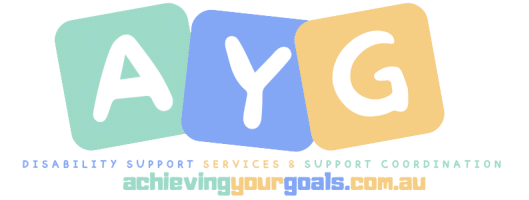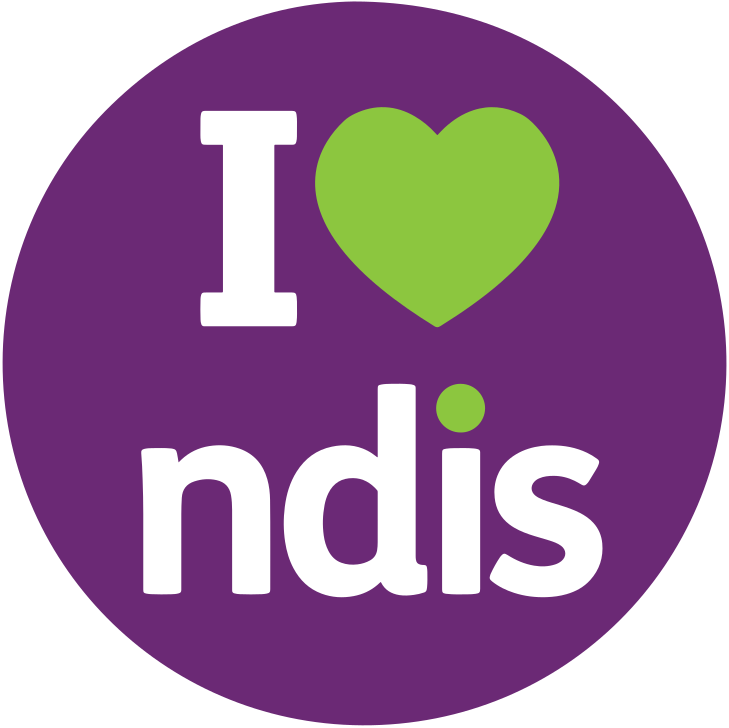
Supporting My Independence: How SIL Can Help
What is Supported Independent Living? Supported Independent Living (SIL) is a type of housing that means you can retain independence while receiving assistance with daily tasks such as moving home, household errands, preparing meals, or taking medication. Supported Independent Living can offer you more independence, a greater social life, and 24/7 hour assistance With Supported Independent Living, you will live in shared or individual housing, depending on your needs. This type of accommodation has its private entrance, but staff are available throughout the day to provide support with specific tasks that residents may find challenging to do on their own Supported Independent Living is different depending on your individual needs, but it can include help with: Moving out on your own for the first time Learning to live with housemates Keeping up with daily household tasks Getting ready for the day, cooking meals and keeping fit What Are the Main Features of Supported Independent Living? With SIL you will live in a self-contained home that can be adapted for the needs of people with disabilities who wish to live independently but need extra support to do so. The accommodation typically has a kitchen, bathroom, bedroom, and living room that are designed to make daily tasks as easy as possible and may be fitted with handrails, lower worktops, raised toilet seats, non-slip surfaces, and wheelchair ramps. Supported Independent Living services can include 24/7 help with: Washing Dressing Taking medication Personal hygiene Paying bills Washing clothes Tidying the home Socializing What are the Benefits of Supported Independent Living? Supported Independent Living Makes it easier to Socialise Living independently will give you more opportunities to meet new people and explore new hobbies. In SIL accommodation, social activities are encouraged and your assistant can accompany you to social outings and help with things like public transport and budgeting if needed. As an added bonus, in SIL, you will usually share a house with other people who are close to you in age and have similar interests. Supported Independent Living Ensures Safety and Security In Supported Independent Living accommodation, your wellbeing and safety are a top priority. You will be able to relax knowing that you have a professional team nearby that is dedicated to your welfare. You will be surrounded by a caring community with the added comfort of knowing that extra help is there when you need it. Supported Independent Living is a Cost-Effective Housing Solution Supported Independent Living is a cost-effective housing solution. Tenants will have their own private apartment and personal care available based on the resident’s specific needs. In many cases, residents choose to share accommodation which means that costs such as utility bills and food are shared equally among tenants. Supported Independent Living Offers Assistance with Daily Tasks Having someone to help you with daily household chores can take a huge weight off your shoulders. A Supported Independent Living team member can take on the tasks that you find difficult so you can enjoy your everyday life and independence. How Do I Get Supported Independent Living Funding? Supported Independent Living (SIL) is an NDIS funded model of shared accommodation. This means that the NDIS may help you with the cost of the care services that you receive. If you need care and support, you can request a needs assessment from your NDIS provider where they will assess your care needs and whether you meet the eligibility criteria during a friendly meeting. What should I consider before moving to assisted living housing? We know that moving into independent living accommodation can feel like a big step, which is why we are here to help you plan the move. We listen to the individual’s needs and follow a moving plan to ensure a stress-free and positive experience for new residents. If you are thinking about moving into Supported Independent Living accommodation, there are a few things you should think about first to make sure that it’s the right choice for you. Some things to consider before moving into Supported Independent Living accommodation include: Managing your own finances More household tasks to complete Keeping to a tenancy agreement Having to share a living space with others Being away from family Who is supported living suitable for? Supported Independent Living services are an option for adults with disabilities who do not wish to live in residential care but are finding it difficult to live on their own or rely on the care of others. When it comes to living alone, everyone is different and has unique needs. Below are three levels of support that the NDIS has outlined SIL funding under: Lower needs – support not usually needed 24/7. Supervision provided for living arrangements. Standard needs – Support provided 24/7. Most daily tasks are supervised and a Support Worker will sleep overnight. Higher needs – Active support provided 24/7. Staff members are available for managing challenging behaviours that require positive behaviour support as well as assisting with daily tasks. You can speak with your local NDIS provider to determine whether or not Supported Independent Living is best for your needs or which level of support is appropriate for you. How Can Total Quality Disability Care Help? Everyone has the right to choose their own path in life, and our mission is to help people live happy and fulfilling lives in their own homes, with their own tenancies. Total Quality Disability Care provides guidance to individuals considering moving away from their family homes to gain more independence while still receiving necessary care. Across New South Wales, our Supported Independent Living services support adults with various disabilities to live safely and independently within their local communities. Learn More About Our Support Today If you’d like to learn more about Supported Independent Living and the services that Total Quality Disability Care offers, please call us at 0478 665 283 to speak with one of our friendly team members. You can also visit our website and fill out our online contact form, and we will get in touch with you shortly.









